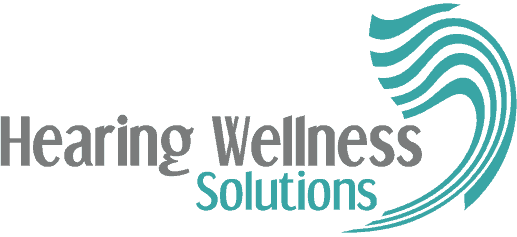Single-sided hearing loss, or “unilateral hearing loss,” is hearing loss that affects only one ear. When this hearing loss is especially profound, it is called “single-sided deafness.” The condition is very common, with about 1 out of 1,000 children born with it. About 3% of school-age children have measurable single-sided hearing loss.
There are a number of causes of single-sided hearing loss in children, including:
- Mastoiditis – Bacterial infection of the air cells surrounding the inner and middle ear structures. This often develops after an unresolved middle ear infection, but can have other causes, as well. While Mastoiditis mostly affects children, it can also strike adults in rare cases.
- Microtia – This is a congenital condition in which the ear does not develop properly. It ranges in severity from a malformed concha to the complete absence of an ear and ear canal (the latter is called Anotia). It affects about 1 out of 7,000 infants.
- Maternal illnesses
- Genetic causes
Adults can develop single-sided hearing loss for a variety of reasons, as well, including head trauma, acoustic neuroma, infection, or Ménière’s disease.
Single-Sided Hearing Loss is Not Benign
Even with a normal-hearing ear, having significant hearing loss in the opposite ear poses problems for a person. Our brains are designed to experience bilateral sound (sound in both ears). It is common for people with single-sided hearing loss to experience functional impairment and psychological consequences, so treatment should be sought whenever symptoms arise.
Regular Hearing Tests
Even mild unilateral hearing loss can cause problems, especially in noisy environments. While some patients have difficulty assessing just how much their single-sided hearing loss affects them, regular hearing tests provide an objective assessment of whether hearing loss exists to such a degree that it should be treated.
The Better Hearing Institute, a non-profit organization, recommends getting a hearing test once every decade until age 50, and once every three years after that. Those in high-risk professions or with a medical history indicating higher risk should be tested even more frequently.
The effects of hearing loss—even when mild, and even when only in one ear—are increasingly understood to have a damaging ripple effect throughout a person’s lifestyle. By getting your hearing tested regularly, you can ensure that you receive treatment for hearing loss when you need it, not years down the line when it will be harder to reverse the social and mental effects of having lived with untreated hearing loss.
Solutions for Single-Sided Hearing Loss
While one ear hears normally, some people may choose to manage without treating single-sided hearing loss. If single-sided hearing loss progresses to the degree that it is bothersome, a hearing aid can be fitted in the ear with the hearing loss.
In cases where one ear is completely deaf, though, and hearing loss has become an issue in the functioning ear, it’s important to start treating the hearing loss as soon as possible.
For those with profound hearing loss in one ear (single-sided deafness) but some hearing in the other, there are three main options.
Bone-Anchored Hearing Aid (BAHA)
Bone conduction is how we mostly hear our own voices. By amplifying outside sound and transmitting it through the bones, a lot of information can reach the inner ear. This technology requires a surgical implantation, but can be removed for showering and sleep.
Cochlear Implant
Cochlear implants work by bypassing the part of the ear that doesn’t work properly when sensorineural hearing loss is present. A sound processing machine supplies electrical stimulation to the auditory nerves directly, allowing sound to reach the brain.
While this technology is very promising and does restore the ability to hear, sound quality is not comparable to that that can be achieved with hearing aids in most cases.
CROS Technology
CROS is an acronym for “Contralateral Routing of Signal.” It is a proprietary hearing aid platform developed by the Phonak company. It allows sounds that would normally be collected by the deaf ear to be sent to the functioning ear.
CROS improves interpretation of the surrounding environment for both those who have a normal-hearing good ear and those who require amplification in that ear. While those with both types of hearing loss will experience an improvement in their spatial awareness, especially those with hearing loss in the functioning ear will see a major benefit from CROS technology.
CROS is the least-invasive means of improving the sonic experience of those with single-sided deafness.
Hearing Wellness Solutions
If you or a loved one is having hearing issues in one or both ears, make an appointment for a hearing test with our team at Hearing Wellness Solutions. With our comprehensive hearing health services, we’ll help you find the best hearing treatment solutions for your specific hearing needs.

